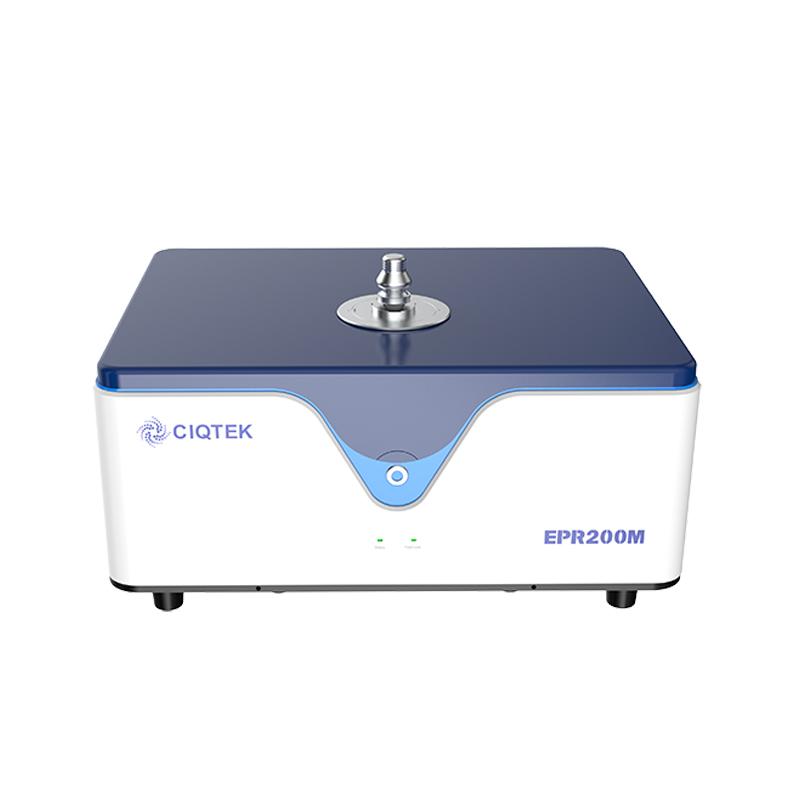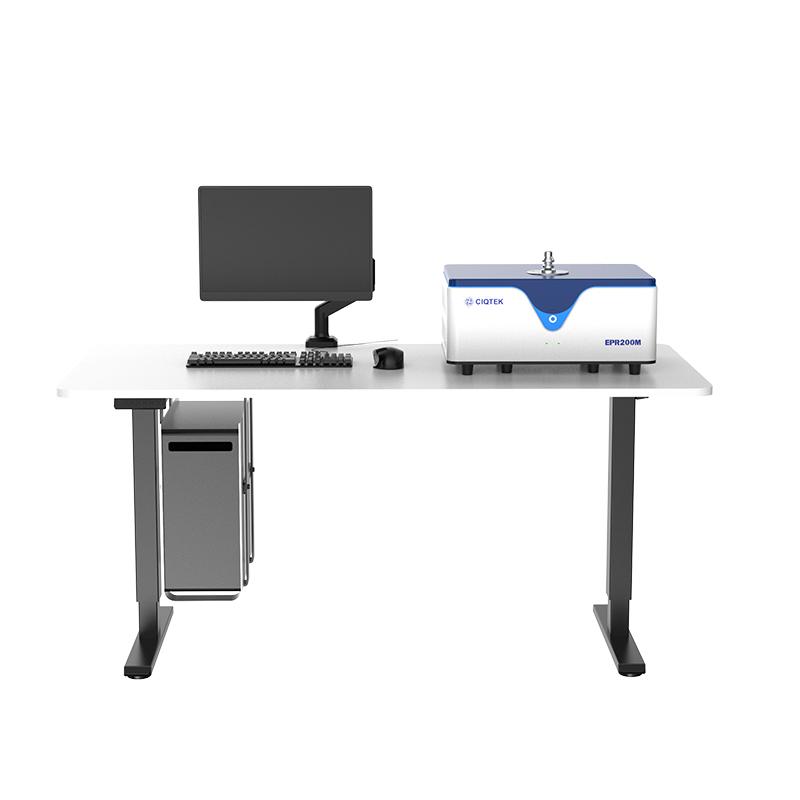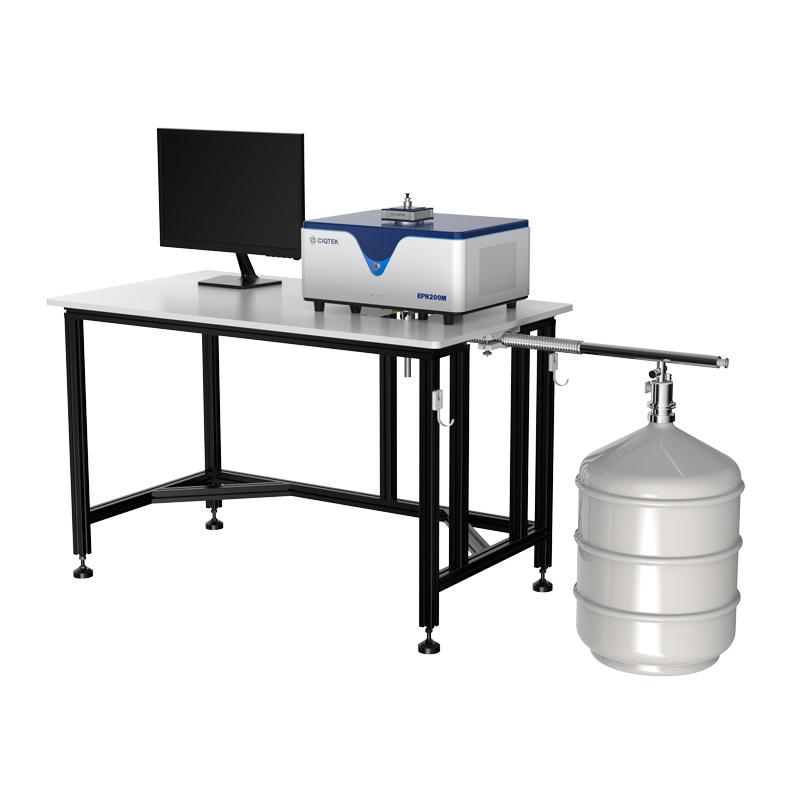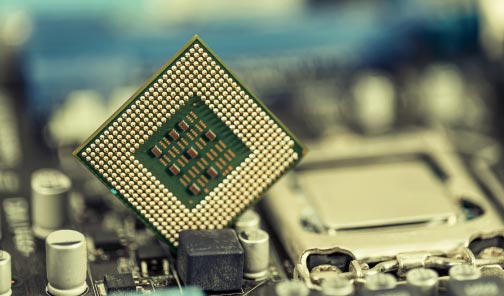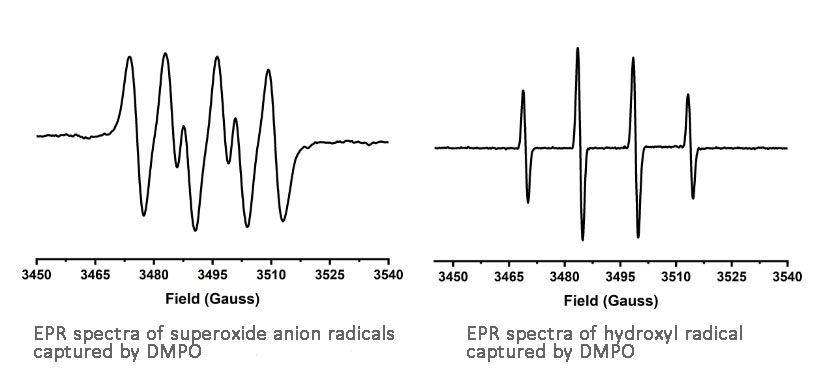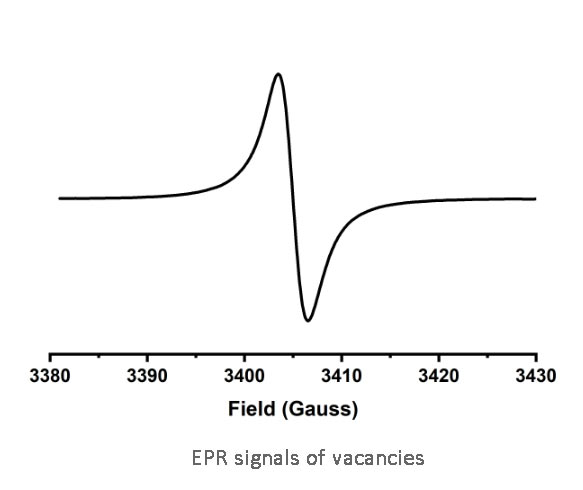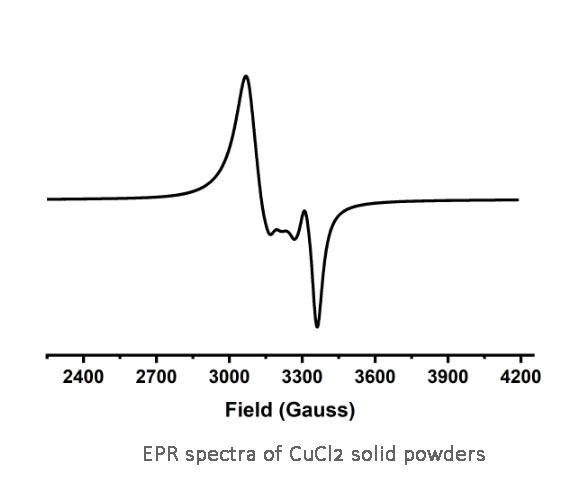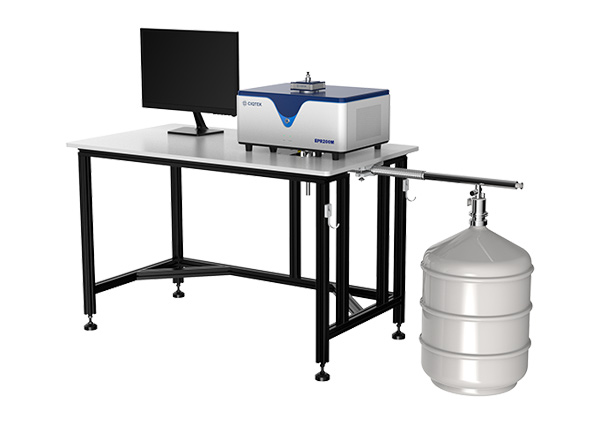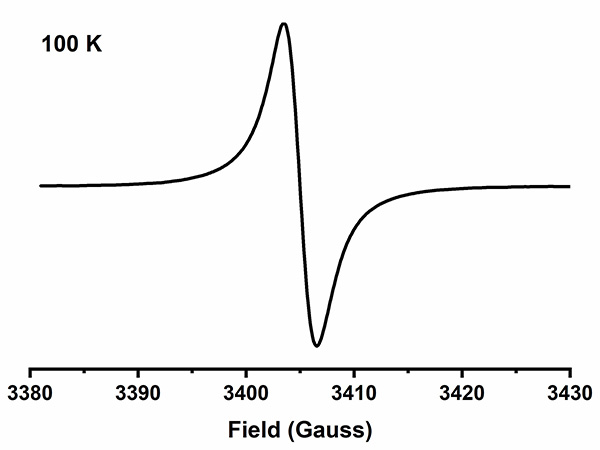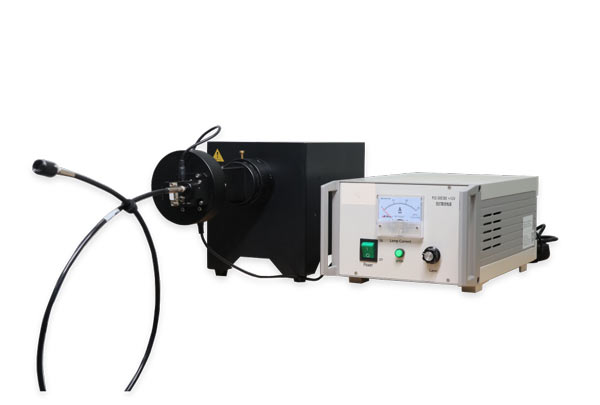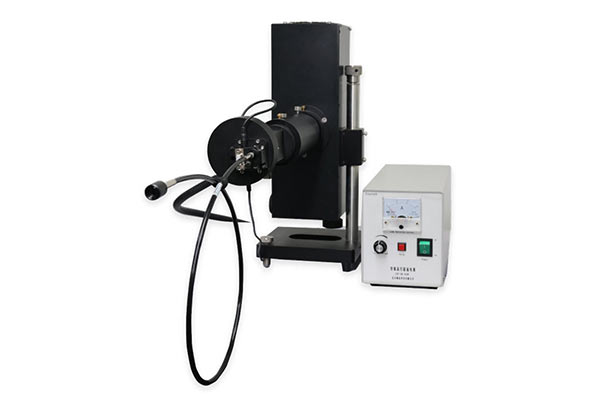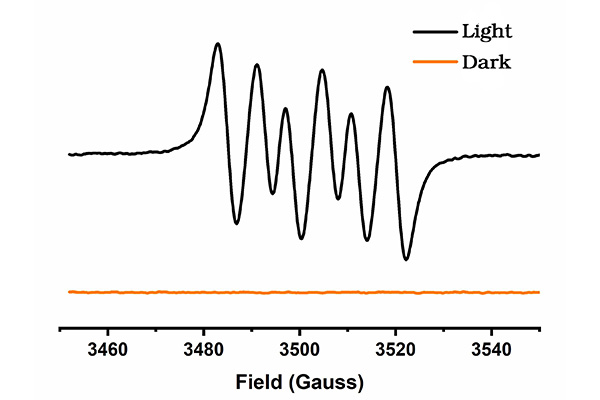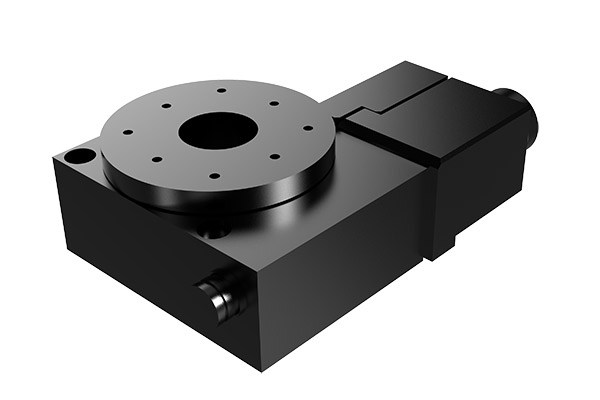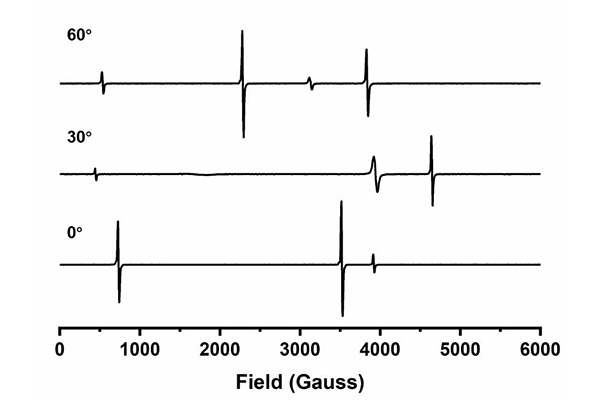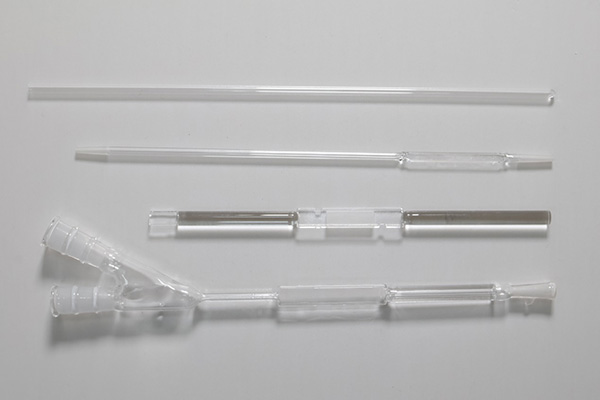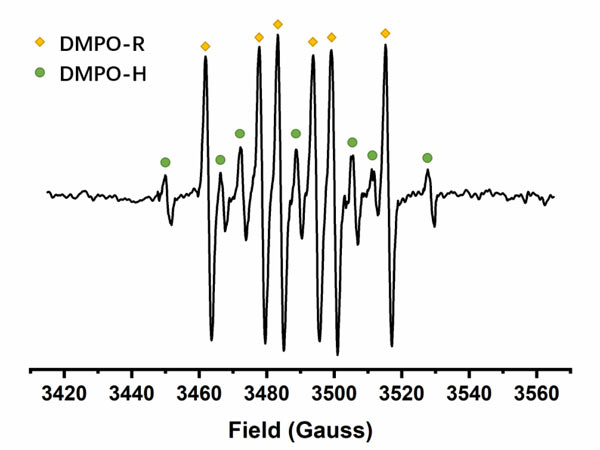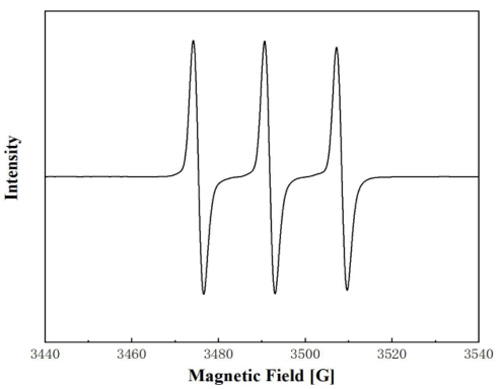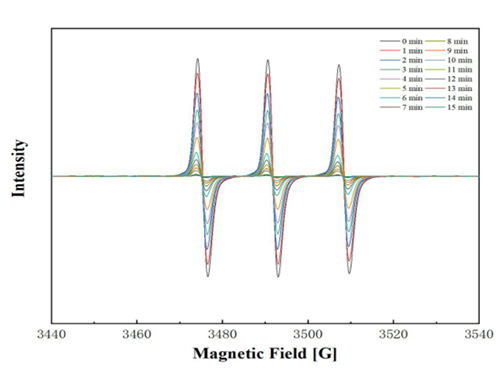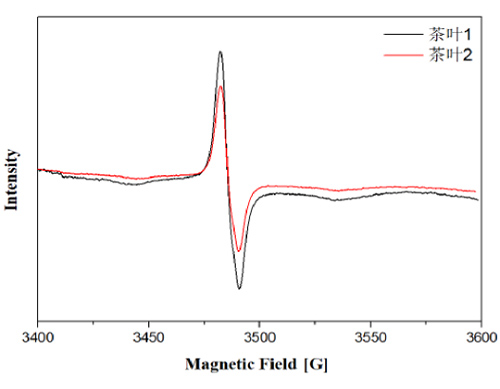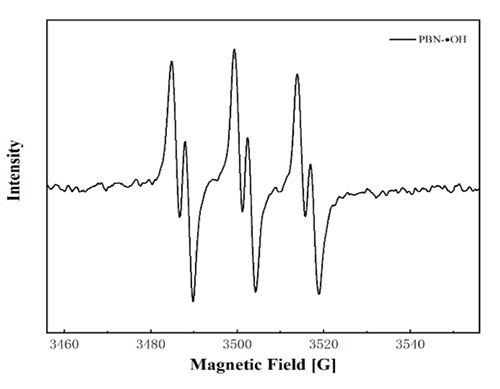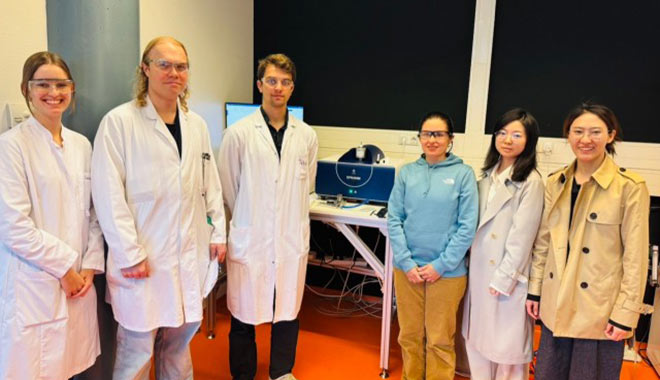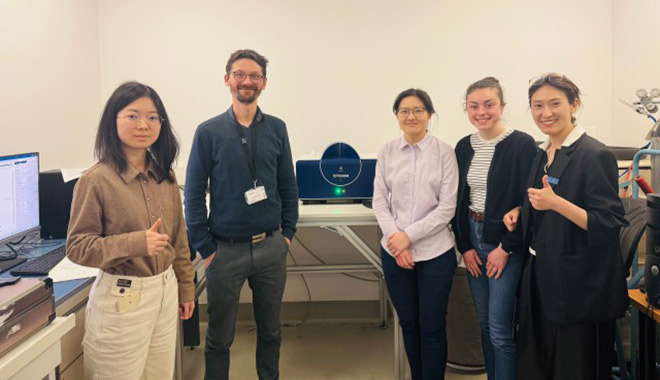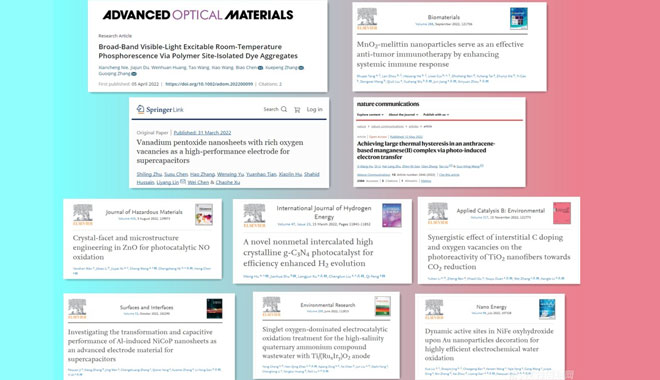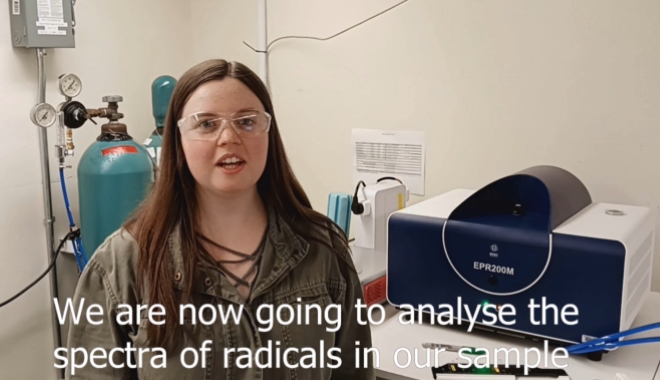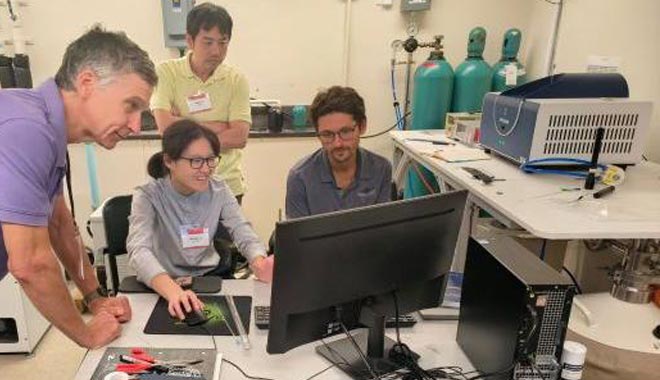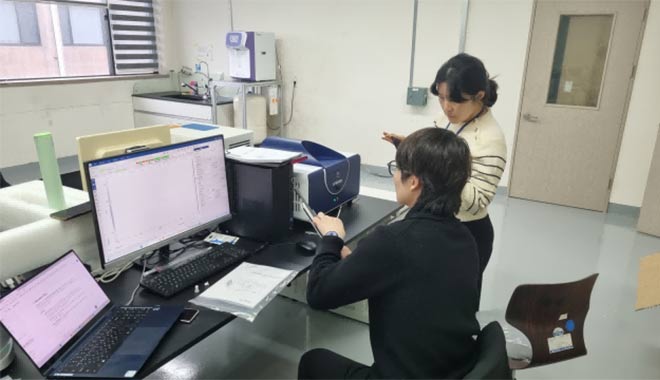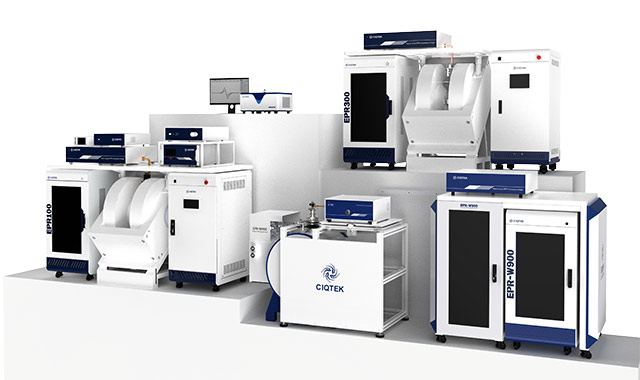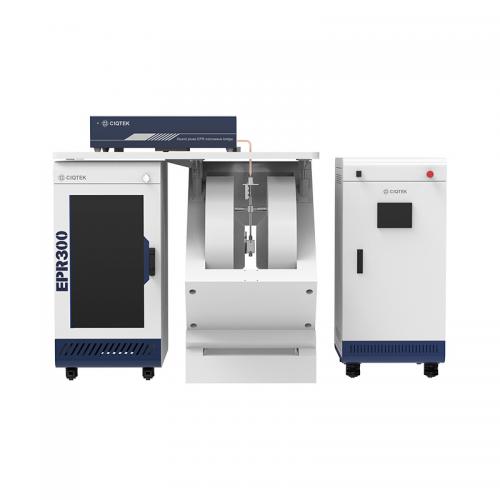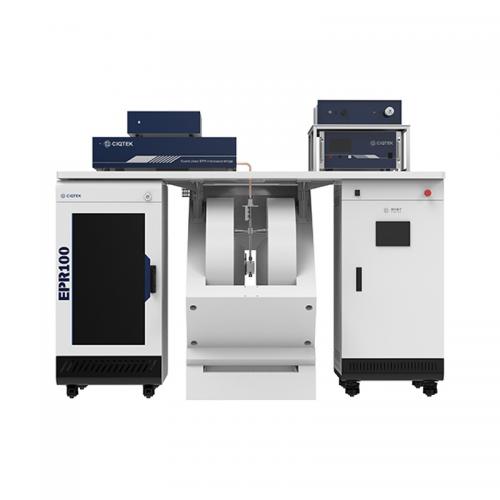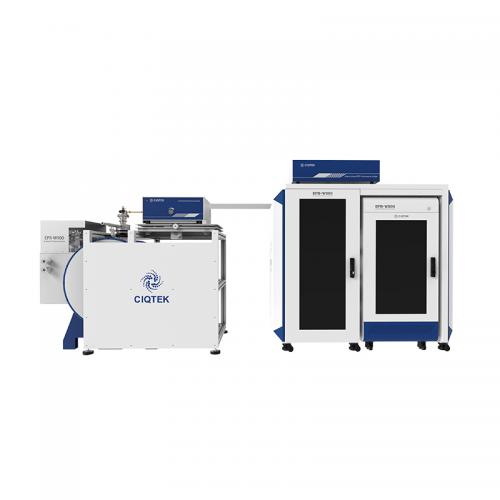Variable Temperature System (VT System)
Precise temperature control from low to high temperatures
Temperature change directly affects electron spin population and dynamical behavior, so the temperature control technique is crucial for EPR research. Different temperature ranges can reveal different physical, chemical, and biological processes, providing researchers with a deeper understanding of the nature of substances and reaction mechanisms.
EPR200M can be equipped with a liquid nitrogen VT system, which realizes precise temperature control from the liquid nitrogen temperature zone (100 K) to the high-temperature zone (600 K).
In-situ Irradiation Systems
Full range of in-situ irradiation systems with automatic optical filter switching
The in-situ irradiation system effectively supports the EPR applications in photocatalysis research. The system flexibly supports in-situ and non-in-situ irradiation experiments and can be equipped with three different light sources to meet diversified research needs. The 6-position motorized optical filter switching system realizes the automatic switching of filters, which greatly improves the experimental efficiency and brings unprecedented convenience for photocatalytic research.
Automated Goniometer
360° automated goniometer for EPR studies in orientation-dependent substances
The goniometer achieves automatic and precise control from 0° to 360°, providing powerful technical support in orientation-dependent substances research, including crystalline materials, diamonds, and jewelry.
Sample Cells
A wide range of sample cells for multiple research uses
Flat cell: Support solvent systems with dielectric loss, significantly improving detection sensitivity.
Electrolytic Cell: Designed for in-situ electrolysis experiments, easily realizing online monitoring of electrochemical processes.
Flow Cell and Mixing Cell: Equipped with a peristaltic pump. For the in-situ continuous-flow EPR analysis. Easily accomplish in-situ mixing and reaction monitoring of multi-component samples.
Tissue Cell: Designed for biological tissue samples, providing convenient EPR analysis in the biological and medical fields.
EPR Experimental Solutions
EPR Experiment Cases
EPR Experiment Accessory Kits
| 25 pcs, 4 mm OD quartz tubes |
1 sample tube holder |
| 1000 pcs capillary tubes |
Sealing clay |
| 1 DPPH standard sample |
1 standard sample |
| 1 manganese standard |
Tea standard sample |
| Animal hair standard sample |
Coffee standard sample |
EPR Teaching Kits
| EPR200M Spectrometer |
| EPR200M Experimental Manual |
| EPR200M User Manual |
| EPR200M Teacher's Guide |
| EPR200M Analysis and Processing Software (with Manual) |














